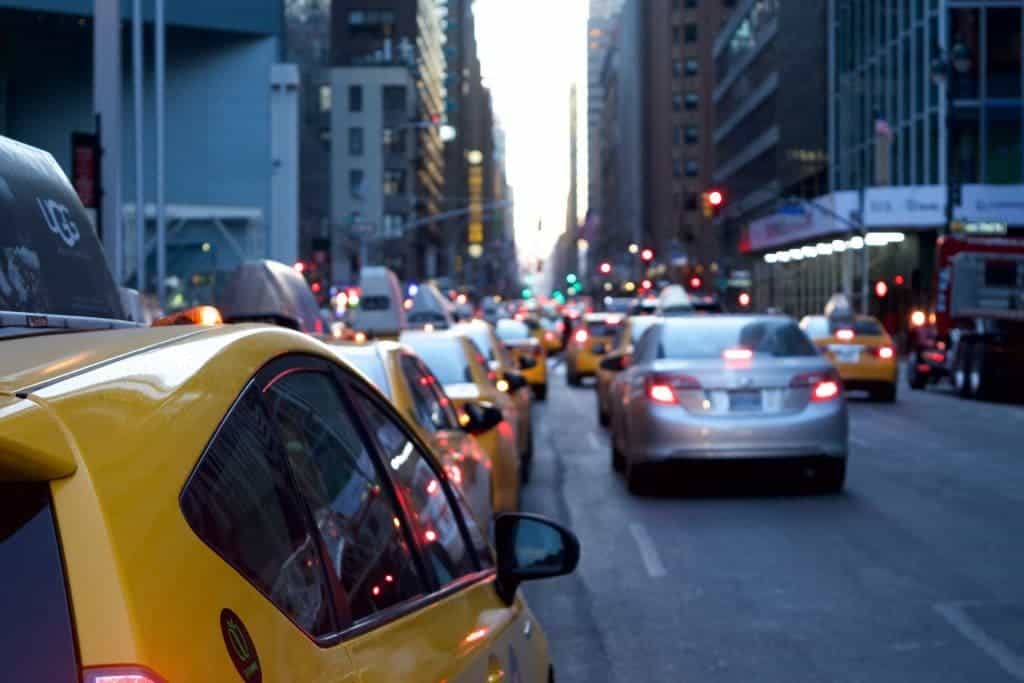People who commute during rush hour are obviously exposed to more traffic-related air pollution than those who do not. However, a new study comes to show that the difference is not very meaningful, or statistically significant.

Air pollution is bad for you, we all know that. But we all need to make rent, so we brave the streets to get to work on time, often through engine exhaust, dust, and other pollutants. In order to gauge just how much more significant this exposure is during rush hour compared to other times of day, researchers at the George Mason University College (GMU) College of Health and Human Services monitored commuters during their trips using personal air pollution monitors.
Although rush-hour commuters are definitely exposed to more air pollution from traffic than their peers, they explain, the difference is not that large.
Just as bad
“This is one of the first studies to utilize in-vehicle monitoring, specifically on-board diagnostics data loggers, to understand real-world commuting behaviors for environmental health,” said Dr. Jenna Krall, assistant professor at the GMU and lead author of the study. “Linking these data with personal air pollution monitoring allowed us to better understand how commuter characteristics are associated with sources of air pollution exposures.”
The team wanted to understand how factors such as departure time, frequency, and commute length influence our exposure to air pollution. For the study, they employed personal air pollution monitors to see how much air pollution different participants were actually exposed to over their commute, then mixing this in with the time and route they took. They were particularly interested in exposure to fine particulate matter (PM2.5), which in this context mainly come from traffic-related sources including exhaust, brake wear, and salts used to de-ice roads.
All in all, the study included 46 women in northern Virginia who commuted using their personal vehicles and were monitored over a 48-hour period. The authors found that differences between those commuting during rush hour and the rest were not statistically significant.
Still, the findings are especially useful in the context we find ourselves in right now. The coronavirus generally attacks our respiratory system, which is most exposed to air pollution. We’re also seeing a gradual easing away of measures implemented during the pandemic, and more people are getting called back to the office from home. Understanding the effect of air pollution and patterns of exposure to it could go a long way towards preserving public health.
That being said, the findings still lack a proper background into which they can integrate. Commuters form incredibly complex systems, and there’s still a lot of unknowns regarding this behavior.
“The current research cannot tell us whether modifying commutes, for example by avoiding highways or commuting outside of rush hour, will lower traffic pollution exposures for commuters. More research is needed to determine what changes would be effective to lower exposures,” says Krall.
The paper “Commuter types identified using clustering and their associations with source-specific PM2.5” has been published in the journal Environmental Research.


